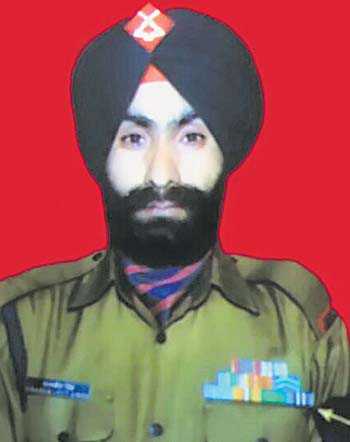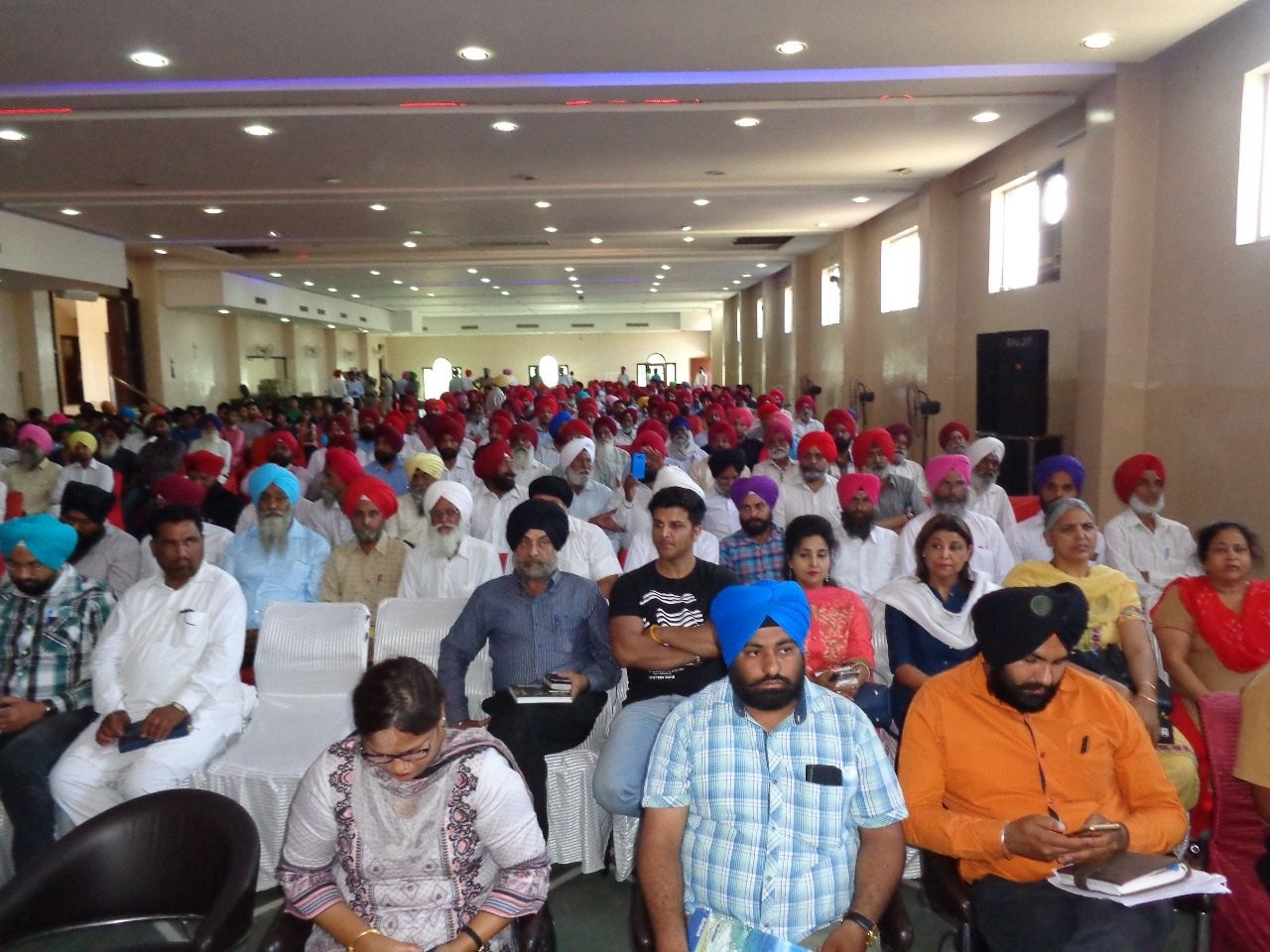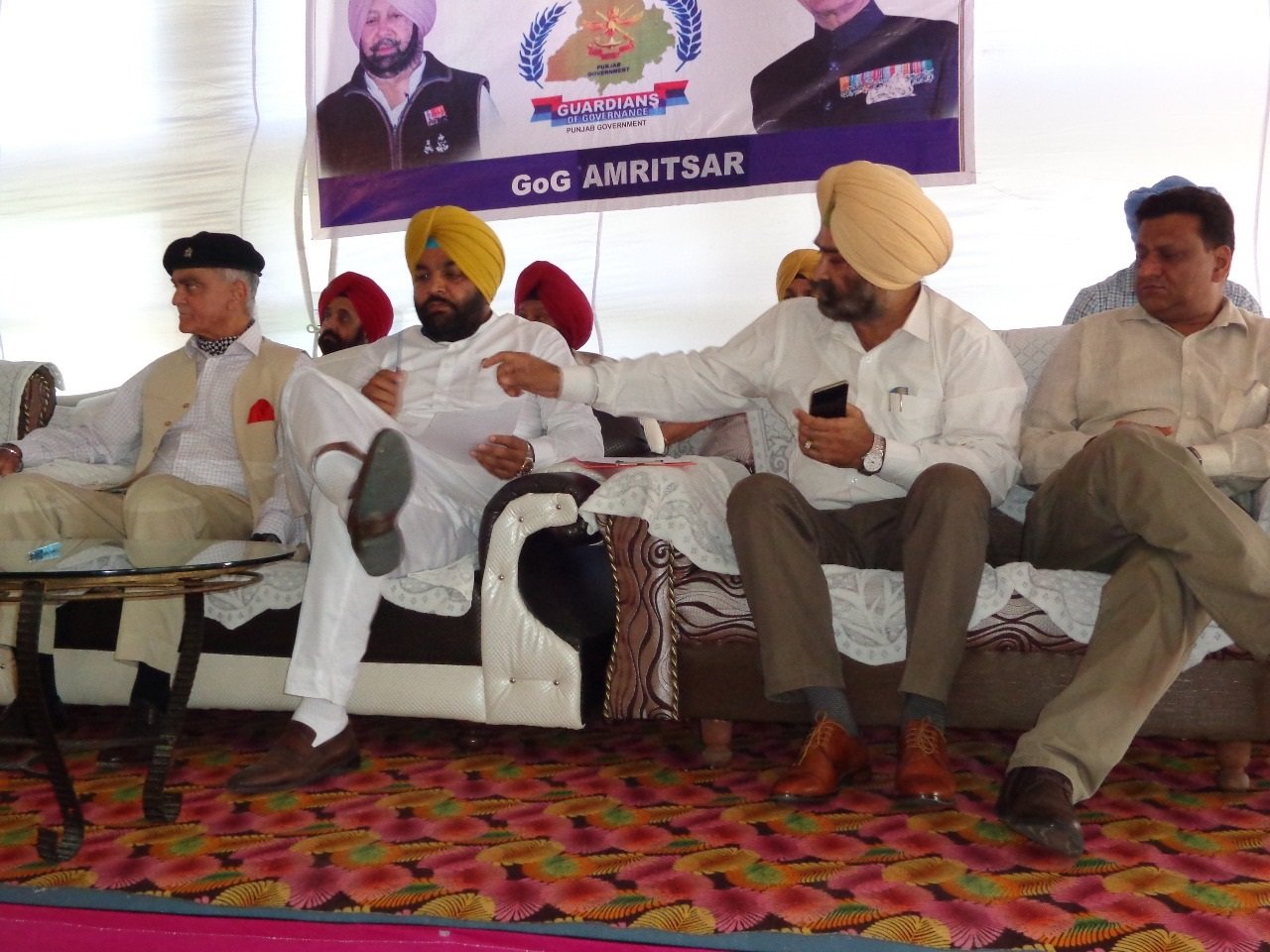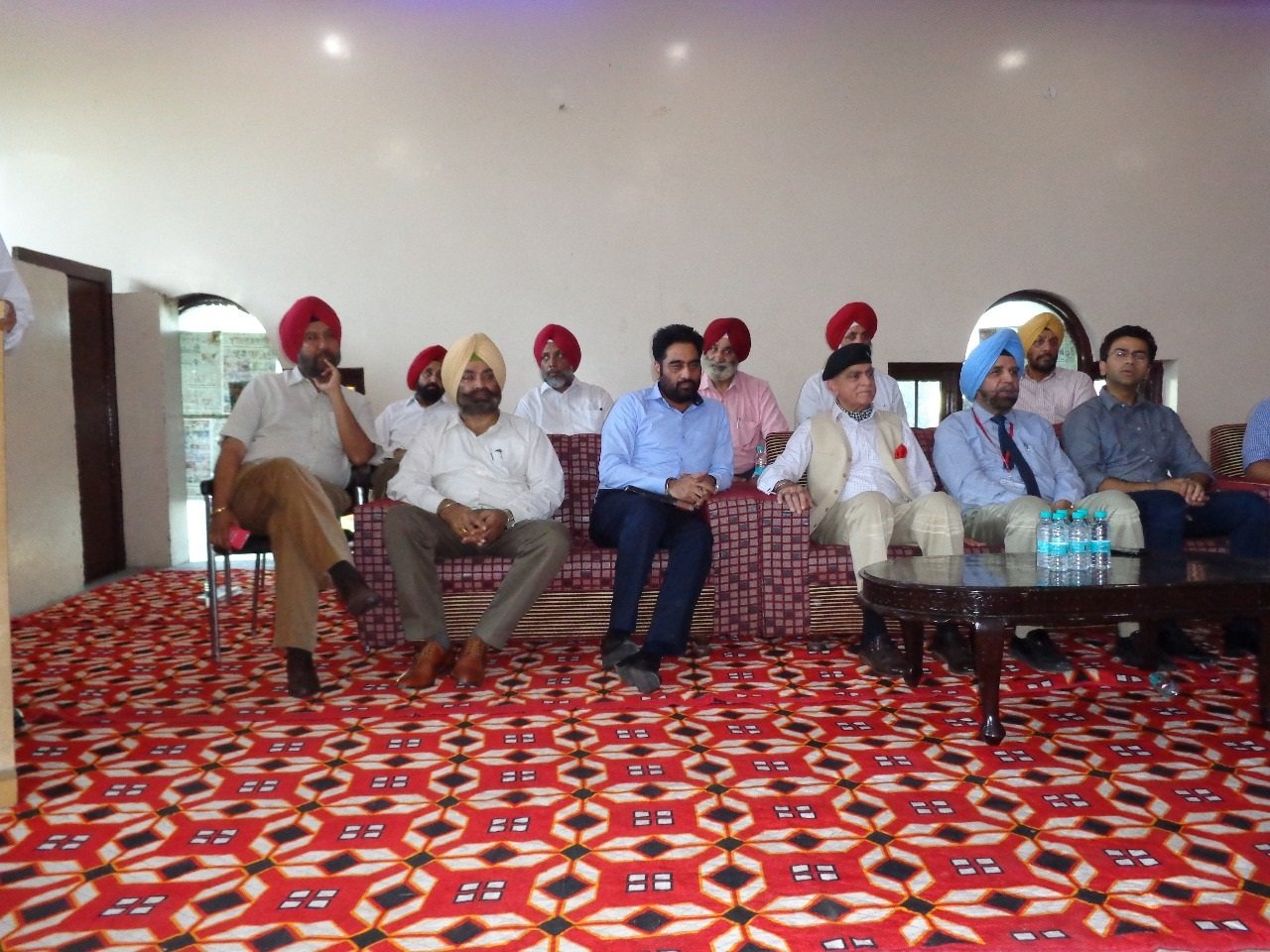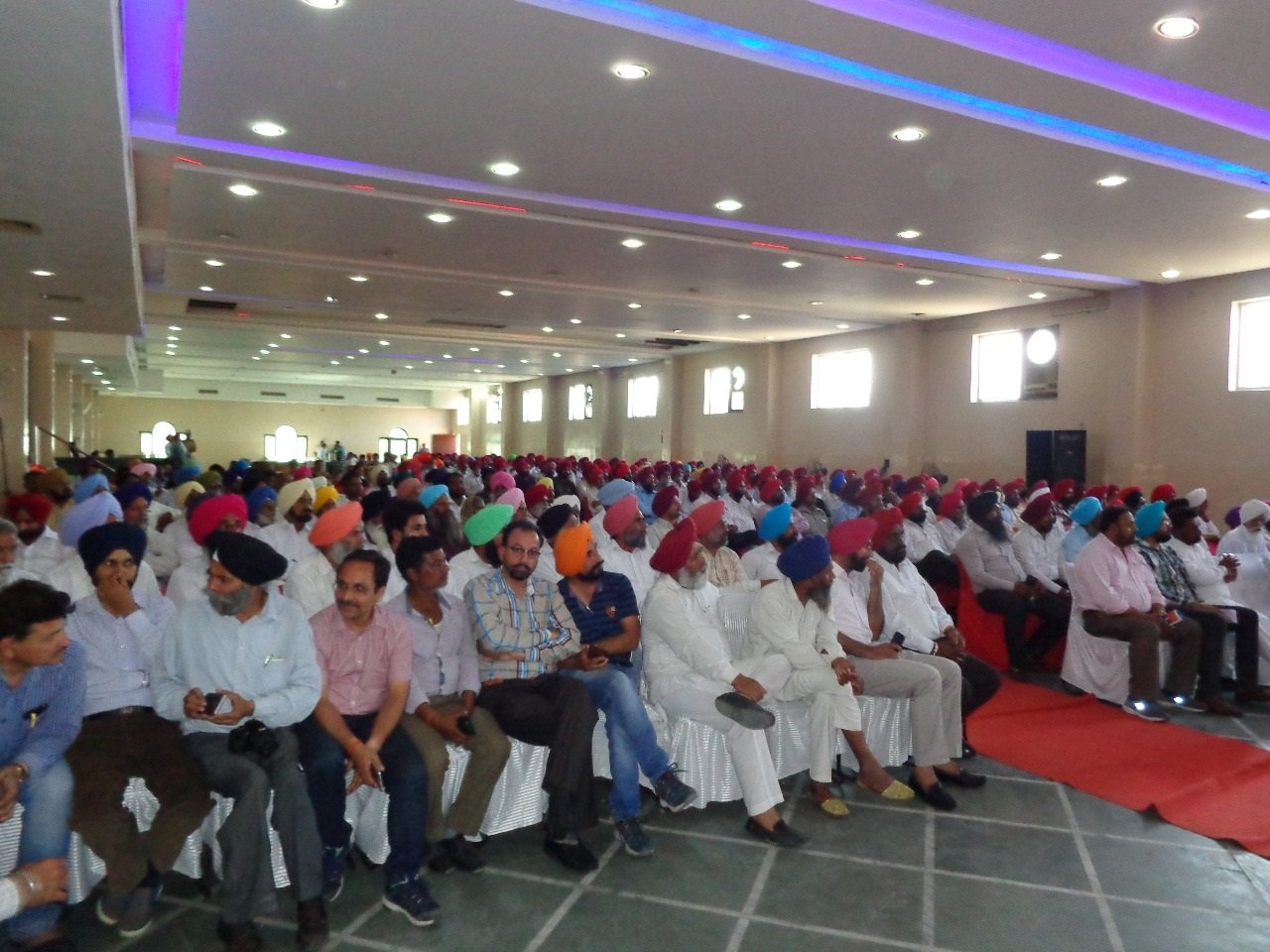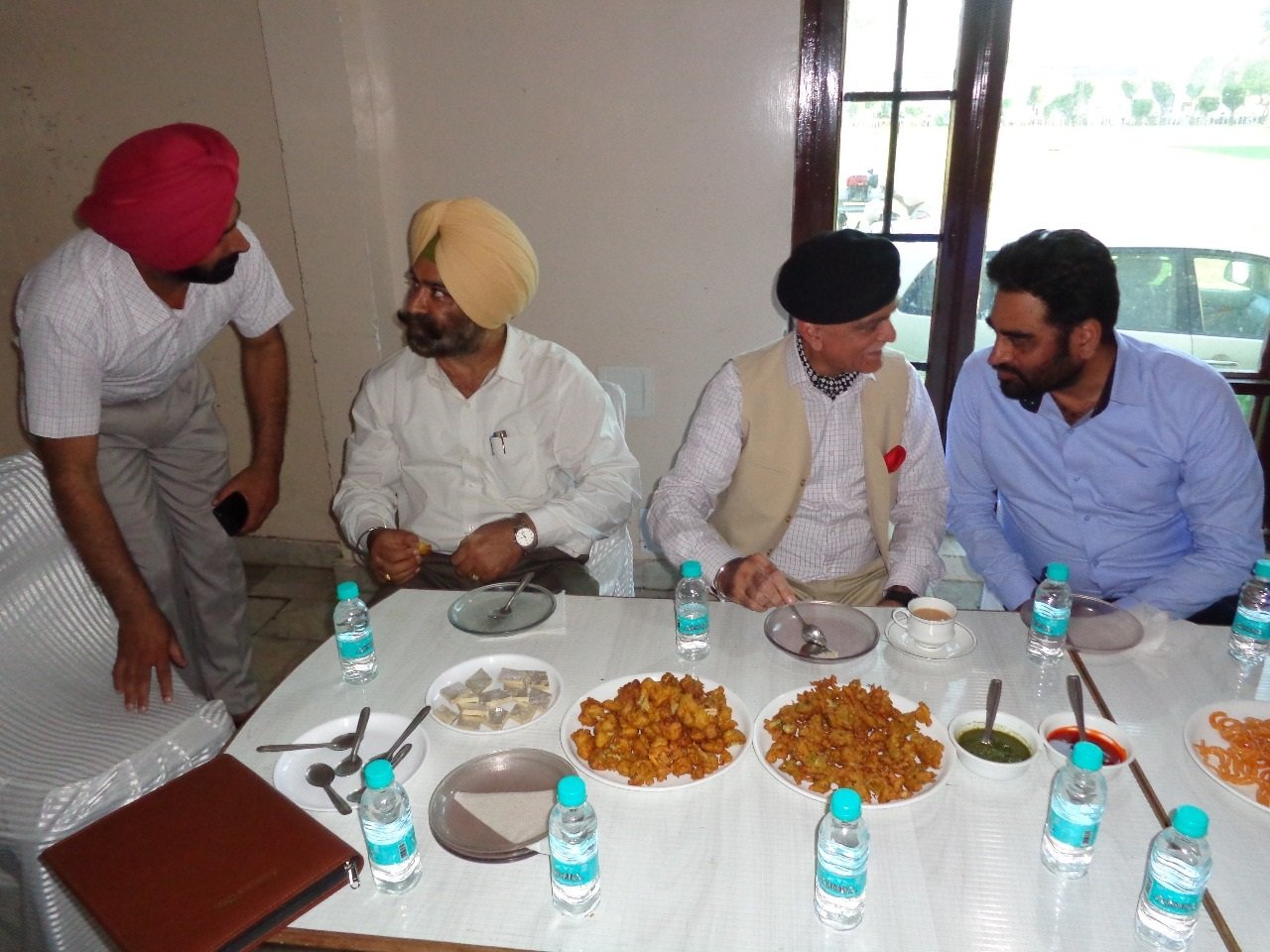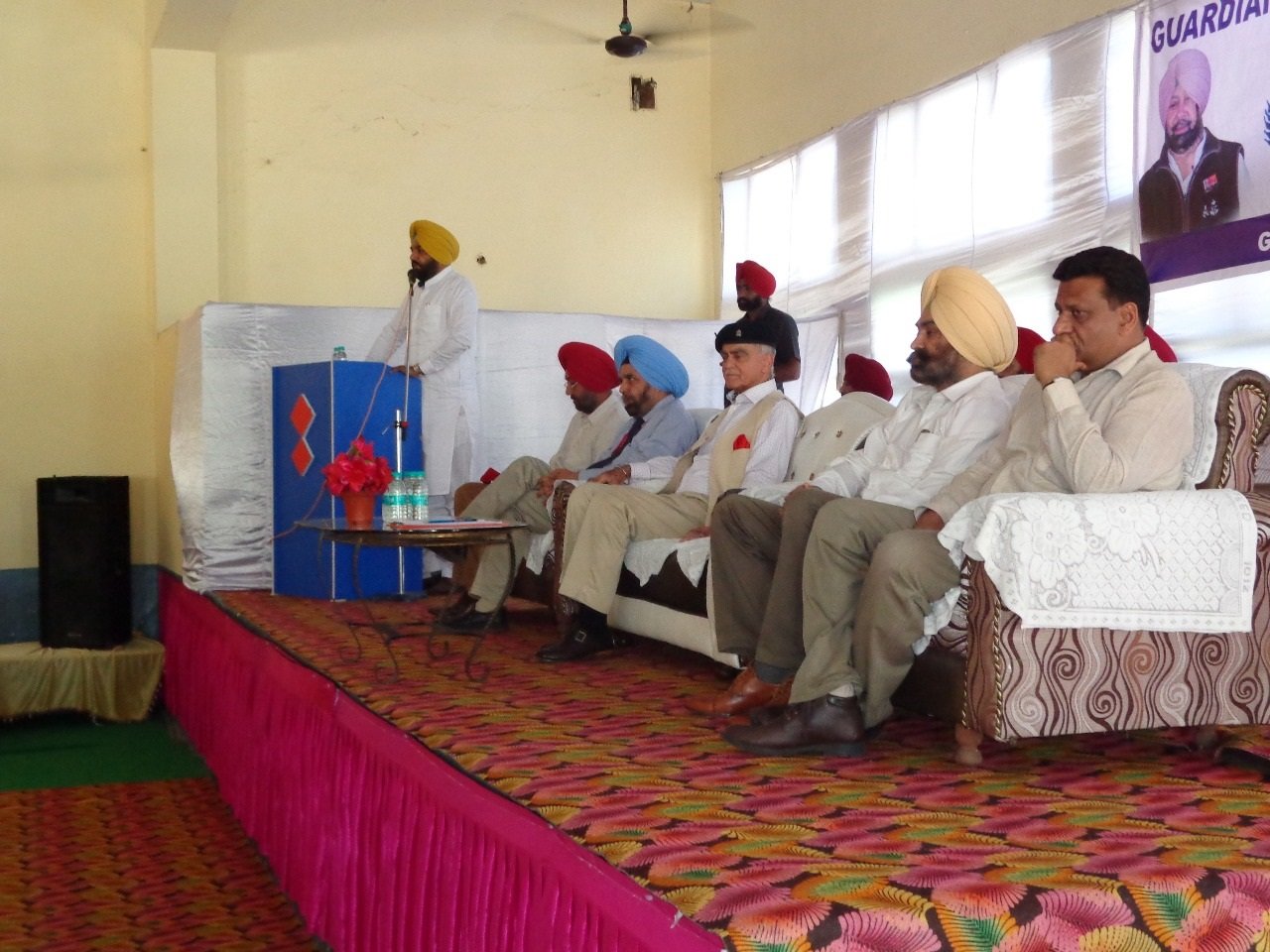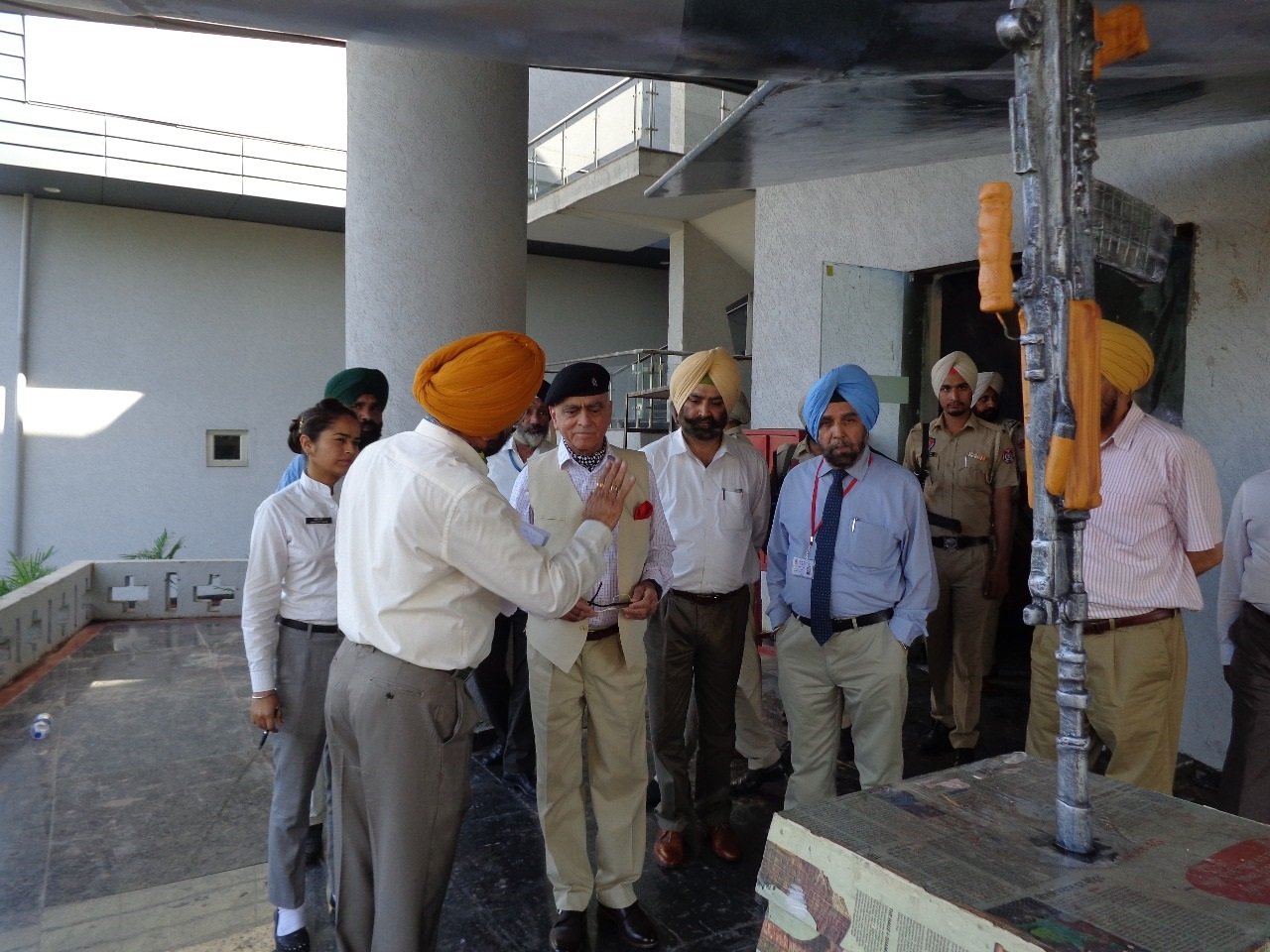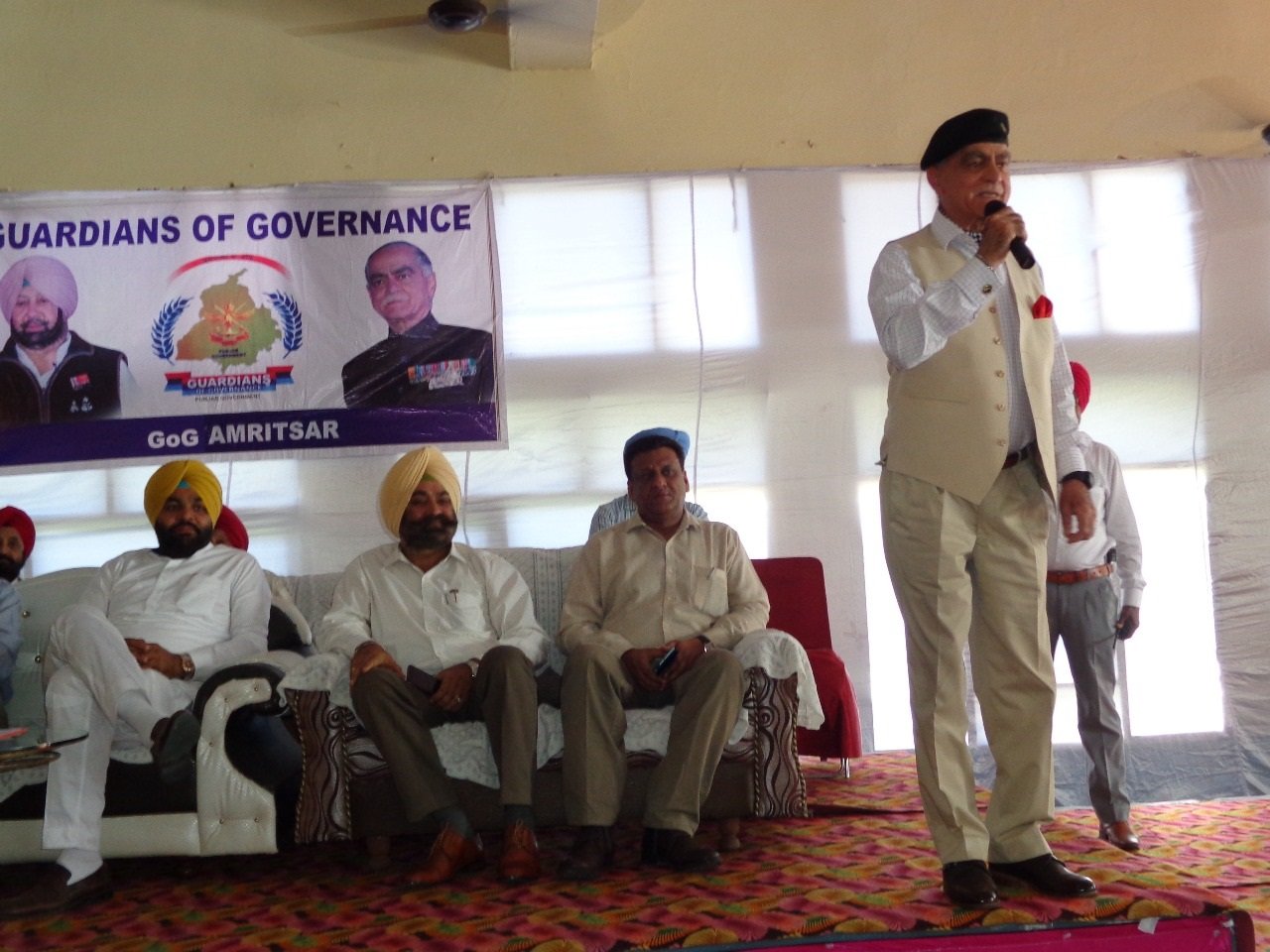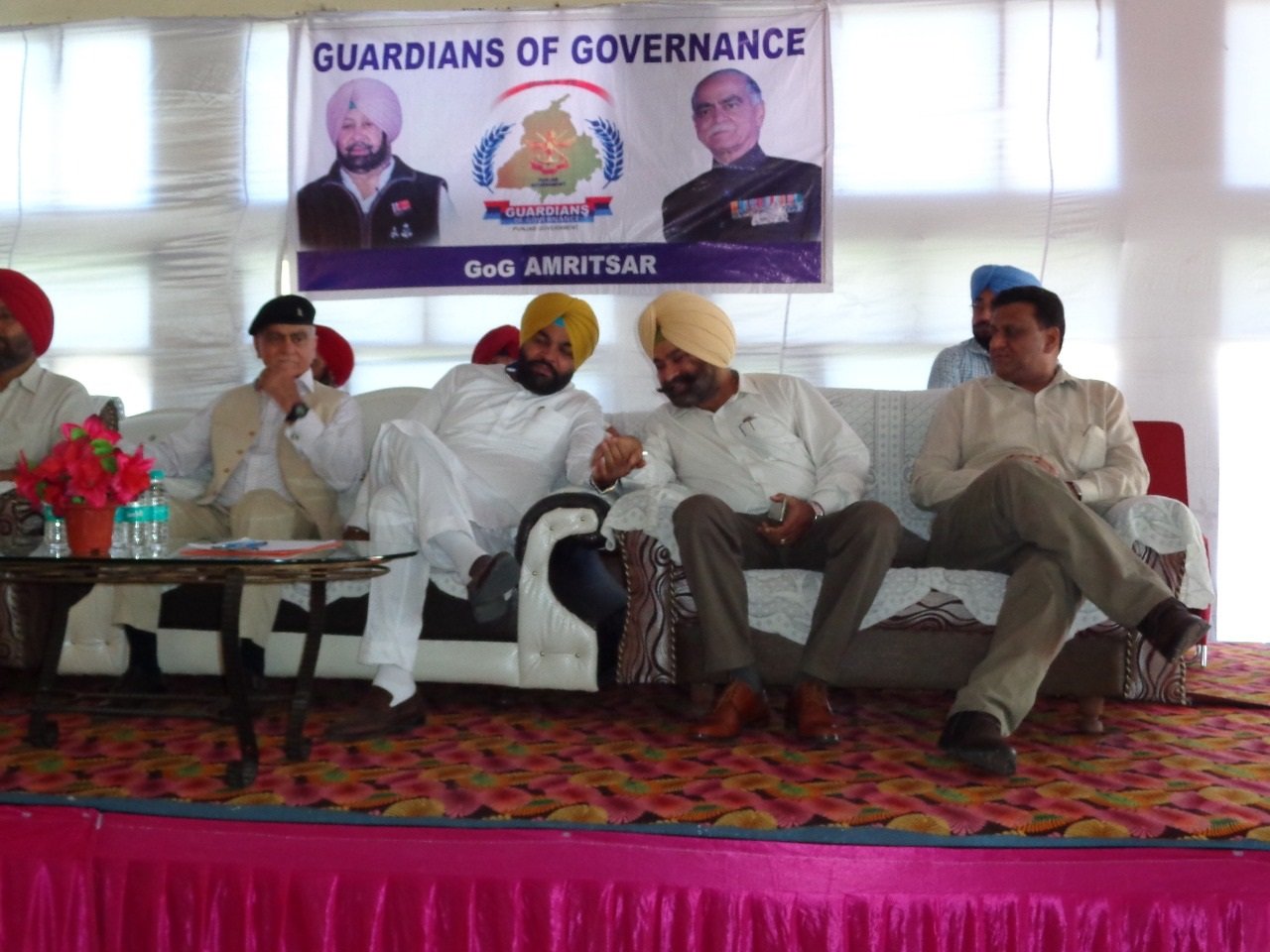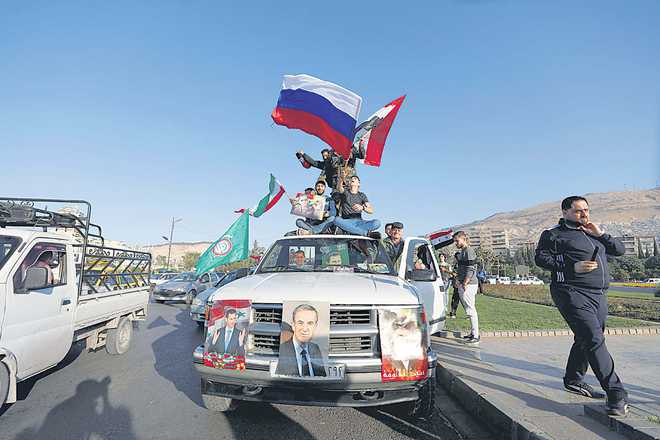
MK Bhadrakumar
THE developments over Syria during the past 10 days have been breathtaking. In the eyes of some observers, the cascading tensions between the two superpowers — the US and Russia — harked back to the 1962 Cuban missile crisis. But that is a stretch. There is no ideological struggle today; Syria is not Cuba; nor is Russia the Soviet Union or the world bipolar. The leitmotif, if at all, lies in geopolitics.Fundamentally, the precipitate situation has a lot to do with the United States’ unipolar predicament. The failure of the wars in Afghanistan and Syria underscored that the US has lost the capacity to impose its will abroad despite being the biggest military power. The Harvard professor who invented the term “soft power”, Joseph Nye, wrote recently that the US has to relearn the “lessons of using power with others as well as over others.” He added, “In other words, the US will have to use its soft power to create networks and institutions that will allow it to cooperate with China, India, Japan, Europe, and others to deal with transnational problems… that no country can solve unilaterally. That will require overcoming the unilateral policies and attitudes associated with the rise of Trump.”However, the problem is more deep-rooted than the rise of Donald Trump. The American elites, with very few exceptions, are in a denial mode regarding the decline of the US’ influence after nearly a century of global hegemony and over the shift in global power away from the West after a history of five centuries of dominance. Trump accentuates this contradiction because although his support base in the 2016 election roots for “America First”, he actually represents Wall Street interests. And American capitalism is fuelled by wars. The highly contrived Russia-collusion hypothesis worked well so far for the “swamp” to nudge Trump incrementally toward the trodden path of the military-industrial complex and Wall Street. Barack Obama also faced a similar predicament — in Libya and Afghanistan; in proclaiming a “pivot” strategy in Asia; in ramping up NATO as the vehicle for the New American Century project; in the deployment of US missile defence system to Central Europe; and, in piloting the regime change in Ukraine in 2014 — which turned the tide of the West’s relations with Russia. Obama’s master plan to resuscitate the Western alliance system and to re-establish the US’ trans-Atlantic leadership was never in doubt.In fact, the Syrian conflict is Barack Obama’s legacy. The new element that Trump has introduced is his virtual handover of the endgame to the generals. First he began saying he wanted American troops in Syria to return home “where they belong” — and end the US’ wasteful Middle Eastern wars that cost $7 trillion so far. But when his generals objected, pleading there is unfinished business still, he’s swung to the other extreme by seizing a rumoured chemical attack in Douma and ordering the Pentagon to plan an attack on the Syrian regime. And Trump then took a de tour to announce that the attack would be deferred. By Thursday, Trump had tweeted: “Never said when an attack on Syria would take place. Could be very soon or not so soon at all!”Was he playing a video game, as the former US Deputy of State Nicholas Burns put it? The US domestic politics indeed becomes a moot point where a wave of support is steadily building up for the Democrats in the November elections to the Congress. In the foreign policy arena too, like in a Salvador Dali painting, all this rather becomes the stuff of a surrealist meditation on the collapse of our notions of a fixed world order. The present crisis has morphed into an inflection point. Trump is all but jettisoning his foreign policy instincts and is also opting to play safe. Clearly, a limited US strike on the Syrian government cannot hope to achieve anything significant. The Syrian troops and their allies have quietly evacuated the major air bases and relocated elsewhere. In effect, the Syrian regime has all but won the seven-year conflict. All major cities and main population centres — Damascus, Aleppo, Latakia, Homs and Hama — are under the regime’s control. These regions spanning the fertile lands along the western coast and the northwest of the country were once dubbed cynically “useful Syria” by the French colonialists, as distinct from the vast inhospitable deserts and infertile regions to the east and northeast where the US and its Kurdish allies (who form around 10 per cent of Syria’s population) are operating.The only plausible explanation for the ecstatic interest in London and Paris for the US-British-French attack on Syrian regime is their collective frustration and anger that the entire regime-change enterprise has collapsed. The capture of East Ghouta, a set of suburbs of Damascus to the east, by government forces a week ago from Salafi jihadi militia has infuriated the Western intelligence. (Douma, where the alleged chemical attack took place last Sunday, is one of three districts of East Ghouta, and was dominated by the Saudi Arabian proxy, Army of Islam.) Then, there is the overarching Western concern that the resurgence of Russian power on the global stage, especially in the Middle East, needs to be countered before it is too late.Without doubt, Trump’s earlier decision to drawdown the US forces in Syria is fundamentally correct. The point is, a narrow exercise of deterrence — the current “one-time shot, as US Defence Secretary James Mattis described the wave of attacks on Saturday — will not alter the balance of power in Syria. It seems improbable that Trump has any interest, either, to commit resources for “nation-building” in Syria. The futility of reversing the history of political failure in Syria under Obama’s watch is at once apparent — except through a large-scale invasion of Syria. Again, it is already apparent that the European Union is badly divided on the US-UK-French operation. Above all, Trump will come under fire for not seeking Congressional approval and acting without mandate from the UN Security Council, leave alone wait for the chemical investigation team to report back from Syria.Conceivably, a fair amount of “mil-to-mil” US-Russia consultations took place through the most recent days regarding “deconfliction” procedures. From all appearance, Moscow was notified in advance about the US strike on Syria. However, the heart of the matter is that Saturday’s strike is hugely symbolic and cannot be shrugged away as a “stand-alone” event. Moscow will suspect that a pre-designed scenario is being implemented and Russia itself is threatened.The writer is a former ambassador
